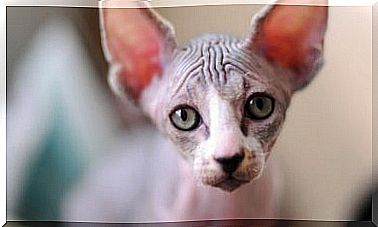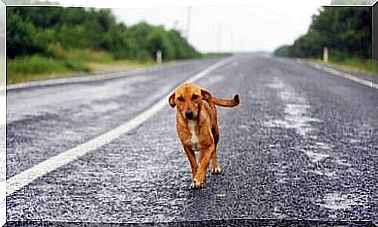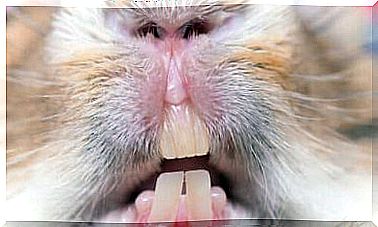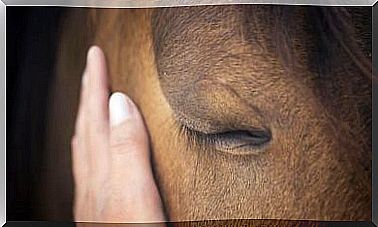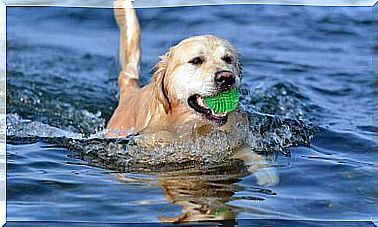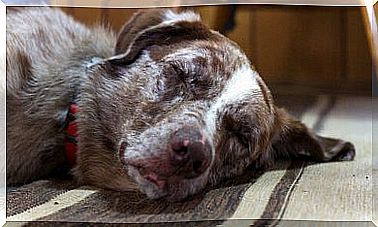Bionic Paws For Disabled Cats
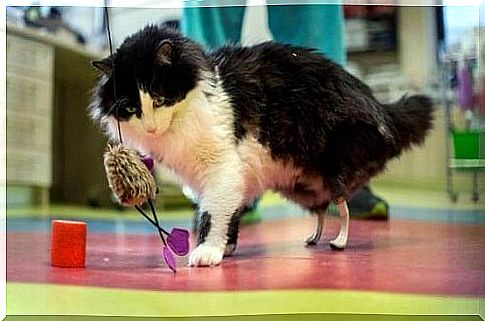
Among the technological advances in the field of veterinary prostheses, there is also the implantation of bionic paws on disabled cats.
These are polymer legs assembled in titanium, which allow the animals to regain their mobility.
The special cases of two disabled cats
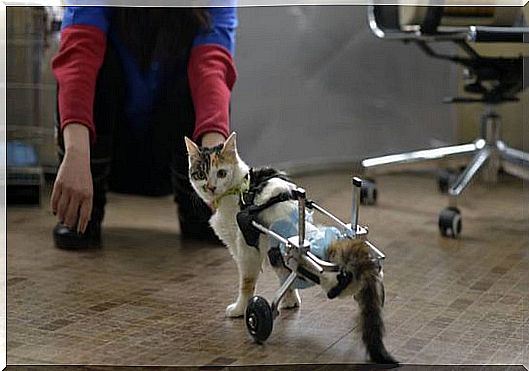
source: planetavivo.cienradios.com
Two disabled cats were recently implanted with two bionic legs, which allowed them to walk again. While this is not a new technique, it is the first time this type of operation has been conducted outside England.
For those who do not remember, there is already a precedent in surgery for disabled cats. The case of the cat Oscar, in 2010.
On this recent occasion, it was the cat Pooh and the cat Steven who benefited from the bionic paws. Two cats who had to have their hind legs amputated after being hit by a car.
The two cats are now in good health and looking for a new owner following the accident.
Details of the transplant on disabled cats
This type of paw prosthesis is made to measure and fits the ankles of the individual cat. The technique used by surgeons is similar to that used in the case of the Oscar cat in 2010.
Surgeons perforated the pins of the prostheses, made of rubber polymer and assembled in titanium, and then applied them to each of the ankle bones of the two disabled cats.
At a later stage, the prostheses were both coated with hydroxyapatite to stimulate the growth of bone cells on the metal. In this way, the skin grows back over a protection that will serve to avoid the onset of infections that could prove harmful.
The team of surgeons who conducted the operation says that after a month of using their new paws by disabled cats, the operation can be considered a real success.
Even if the animals were found to relate somewhat clumsily with their surroundings, they are able to walk, do small runs and even jumps.
Thanks to the success of this operation, these prostheses will be developed to be used by all cats in need. From now on, disabled cats, as well as other animals in similar situations, will be able to start walking again.
Bionic prostheses that saved the lives of animals
There are many species in danger of extinction on which biotechnology tests are carried out. These bionic prosthetic implants are applied to different types of injured animals for recovery from the injuries suffered, allowing their survival.
How have these technological advances been carried out? Among the many, 3D printing was chosen to create customized implants and other types of prostheses.
Until recently, animals mutilated or born with certain birth defects were sacrificed. Thanks to this technological advance, however, those same animals now have a new opportunity to live.
There are several organizations willing to pay for the prostheses, and often the owners themselves do so, with the aim of saving and improving the quality of life of their beloved animals.
Some points of debate
One of the most important challenges when it comes to prosthetics for animals is the great diversity of sizes and anatomy among animals. This detail obliges us to take into account a high set of musculoskeletal groups.
One also wonders if a prosthesis can be more of a hindrance or help for those animals that have lost the use of only one leg.
There are conflicting opinions on this. Some experts assure that animals, be they cats or dogs, can be happy even with three legs. But they also recognize that more cardiovascular endurance is needed in order to perform simple exercises and daily activities.
In the case of cats and other disabled animals who have both extremities damaged, the matter appears much clearer. The use of prostheses to improve their living conditions, in these cases, appears essential.
Difficulty
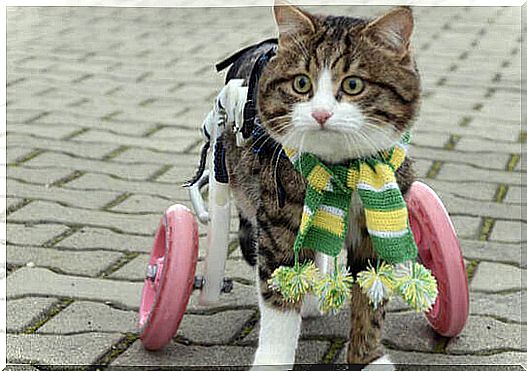
Source: planetavivo.cienradios.com
Since it is not possible to ask an animal how it is with the prostheses that have been implanted, everything must be done taking into account clinical data and evaluations.
Among the major failures of prosthetics for animals is the fact that animals are sometimes unable to assimilate everything that has been implanted in their body.
As we see, medical engineering, with its development, is trying to improve the quality of life for many people. Its application in the service of animals is equally commendable.
Source of images: www.libertaddigital.com and planetavivo.cienradios.com

